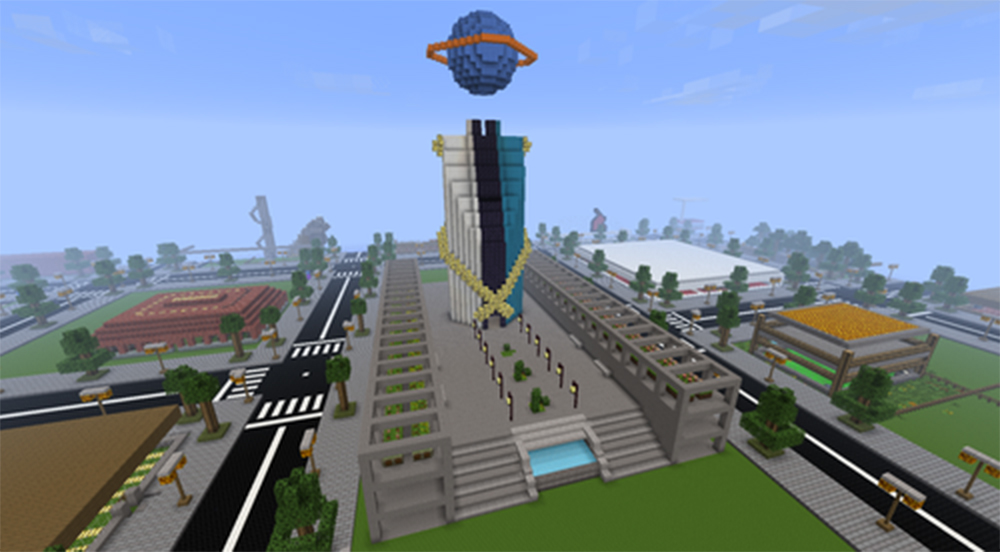Many gamers find it easy to get lost in the world of video games. From knowing a secret shortcut on a map, to the exact physics of attacks, to the criteria needed for the unlockable achievements, sponge-like absorption of this knowledge takes little effort when surrounded with a high-production value universe of engaging lore and adventure.
The classroom, on the other hand, often fosters the exact opposite — little engagement and minimal knowledge retention.
TURNING TO TECHNOLOGY
Since the beginning of the 21st century, the educational community has clamored for something different than the traditional education model. Many school districts and colleges have addressed this issue with an onslaught of data and a movement towards standardization of curriculum, most notably through Common Core. While the movement has produced a ruthlessly efficient experience for the student, it has annihilated genuine engagement.
Now there is burgeoning initiative among grassroots teachers to integrate the enthrallment of video games with the necessity of learning. Teachers are now turning to technology of the new millennium to reach their students. These are not the linear typing tutor kind of video game or single-subject lesson video games about math that make returning to worksheets unbearable in comparison.
A LAUNCHING PAD
With the near-universality of the Myers-Briggs test, students are thinking in a metacognitive way, meaning they think about their thinking. Metacognition is an invaluable academic tool for a student to be self-aware of their strengths and weaknesses. This mode of thinking helps adjust their learning to become critical thinkers.
This new perspective acts as the perfect launching pad for organizations like GlassLab to promote the creation of strong, simulation-based games from Silicon Valley’s top talent. Through these immersive worlds, children understand learning new things requires time and effort. Even in video games not commonly considered educational, like Mario Kart, young adults learn that each repetition of a course builds off of the previous race. They learn from past mistakes to perfect skills and learn the patterns of competitors, whether human or artificial.
Internationally popular games such as SimCity and Minecraft have tailored their games specifically for the classroom. In SimCityEDU, students are tasked with managing the energy resources of a city while balancing pollution concerns. This mission meets the Common Core state standard for environmental science. Students at a Hawaii Elementary school integrate their daily class subjects with MinecraftEDU by building the Sphinx in Egypt for historical learning and creating bar graph charts to visualize how efficient axes are in chopping wood.
EAGERNESS TO ENGAGE
Furthermore, gaming also helps those with disabilities as featured in this week’s edition of the Chimes.
At Biola we implement such technology in the speech pathology clinic. Visi-Pitch is a medical assessment game for young children with voice or breath problems where the child pronounces a sound into the microphone to measure the intensity and pitch of the voice.
“The child has to hold the sound long enough for the animated frog to jump from the lilypad it is on to the next one and it repeats for about five more lilypads. This program allows the child to get practice in repetitions in a fun, encouraging and rewarding way,” said Jacqueline Boek, senior communication sciences and disorders major.
These diverse instances show students’ eagerness to engage in learning through all-encompassing gaming experiences in the classroom. Whether at a kindergarten level or a college level, video games provide a blank canvas that conforms to the need of any subject integration.







